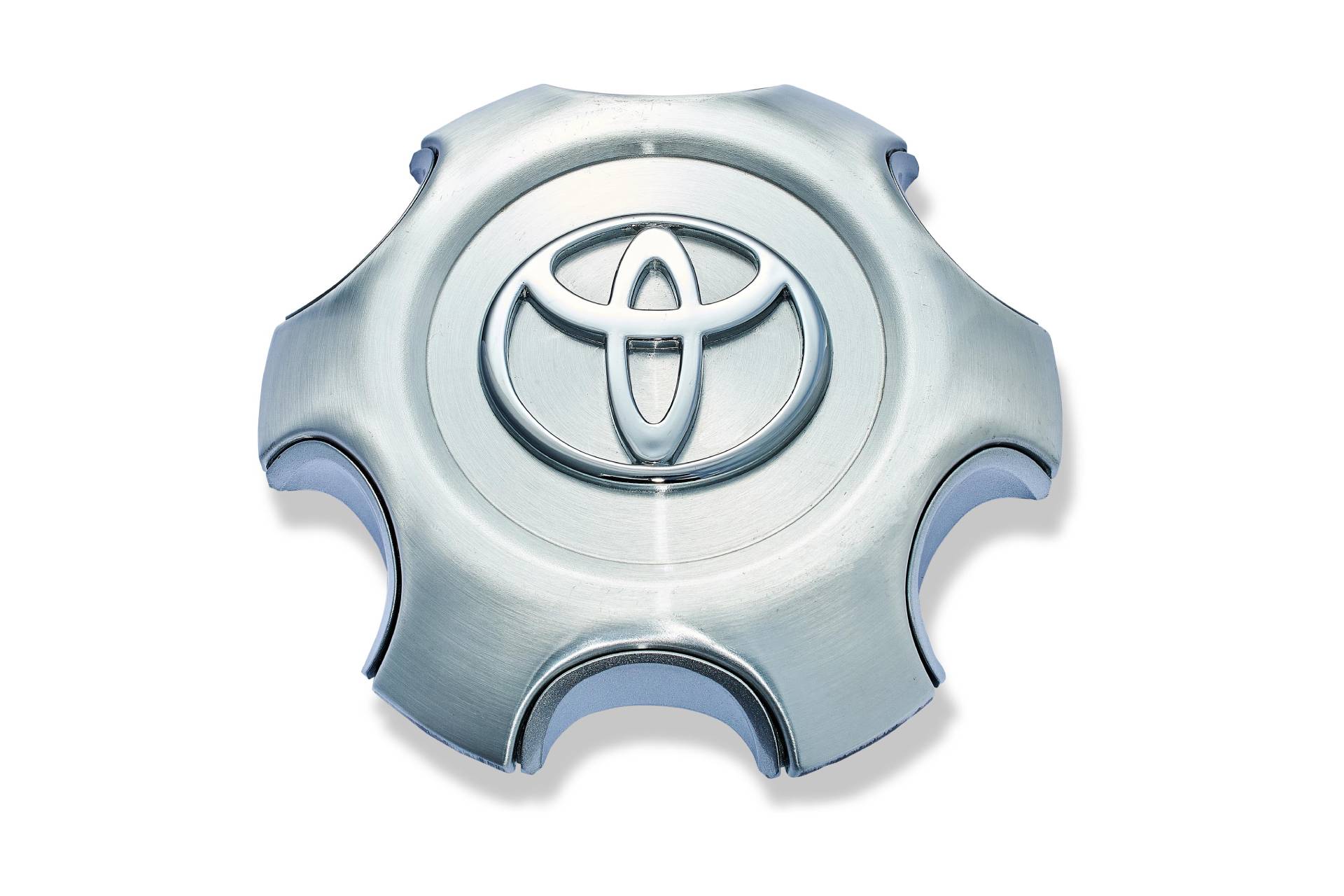Exactly How Plastic Nameplates Are Produced: A Comprehensive Guide to Their Production Process
The manufacturing of plastic nameplates involves several precise actions, beginning with the option of appropriate materials to the final complements. Each stage is essential, ensuring the item meets certain needs for sturdiness and aesthetic appeals. Numerous production techniques play a substantial role in crafting these nameplates. Understanding these procedures can clarify the intricacies behind what could appear like a simple item. What aspects add to the top quality and modification of these nameplates?
Comprehending Plastic Materials Used for Nameplates

The Layout Process: From Principle to Model
The style procedure for plastic nameplates starts with a clear concept that guides the general development. Designers collaborate with customers to specify the objective, design, and certain demands of the nameplate. This initial phase includes conceptualizing sessions, laying out ideas, and choosing colors and font styles that align with branding goals.Once the principle is established, developers make use of computer-aided design (CAD) software application to create detailed electronic representations. These prototypes permit visualization and changes prior to moving ahead. Responses from stakeholders is essential during this stage, as it helps improve the layout to satisfy expectations.After completing the electronic model, a physical model might be generated, usually with techniques like 3D printing. This substantial depiction enables further assessment of aesthetic appeals and functionality. On the whole, the layout process is a crucial action that lays the structure for the reliable production of top quality plastic nameplates.
Cutting and Forming the Plastic
In the cutting and shaping stage of plastic nameplate manufacturing, the selection of materials plays an essential function in determining the end product's quality and durability (Plastic Nameplates). Different precision cutting strategies, such as laser cutting and CNC machining, assurance that the plastic is formed with accuracy and uniformity. This combination of careful material option and progressed cutting techniques is essential for generating high-grade nameplates

Material Choice Refine
Choosing the ideal material is essential for producing top quality plastic nameplates. Various kinds of plastics are offered, each offering distinctive benefits and qualities. Usual choices consist of acrylic, polycarbonate, and PVC. Polymer is favored for its quality and UV resistance, making it ideal for exterior applications. Polycarbonate, known for its sturdiness and impact resistance, is suitable for atmospheres that call for boosted security. PVC is frequently picked for its cost-effectiveness and versatility in layout. The selection procedure likewise considers aspects such as thickness, shade, and surface area surface, which can considerably influence the last look and performance of the nameplate. Ultimately, the picked material has to straighten with the meant usage and aesthetic goals of the plastic nameplate.
Accuracy Cutting Methods
While picking the ideal product lays the groundwork, accuracy cutting strategies play a crucial role fit the plastic nameplates right into their final kinds. Various techniques, consisting of laser cutting, CNC milling, and pass away reducing, are utilized to attain accuracy and uniformity. Laser cutting utilizes focused light to create elaborate designs and tidy sides, perfect for intricate patterns. CNC milling uses adaptability by getting rid of excess product with accuracy, accommodating numerous thicknesses and forms. Pass away reducing, on the other hand, permits for mass production of consistent items, boosting effectiveness. Each technique is selected based on the layout requirements and the wanted coating, ensuring that the end product satisfies high quality requirements and client expectations while maintaining toughness and aesthetic appeal.
Printing Techniques for Modification
How can makers accomplish vivid and accurate layouts on plastic nameplates? The response depends on numerous printing techniques customized for customization. Digital printing has actually acquired popularity due to its capacity to produce high-resolution images and detailed styles straight onto plastic surface areas. This method enables fast turn-around times and minimal arrangement expenses, making it perfect for short runs and individualized orders.Screen printing stays another commonly used method, especially for bigger amounts. It includes developing a stencil and using layers of ink, resulting in rich shades and durability. UV printing, which uses ultraviolet light to heal the ink, is likewise effective, supplying superb adhesion and resistance to fading.Additionally, pad printing supplies convenience for irregularly shaped nameplates, permitting thorough layouts on challenging surfaces. These printing approaches make it possible for makers to fulfill varied client requires while ensuring high quality and durability in their plastic nameplate items.
Surface Treatments and Finishing Options

Quality Control Procedures in Production
Guaranteeing the highest standards of top quality control during the manufacturing of plastic nameplates is necessary for keeping product honesty and consumer contentment. Suppliers execute strenuous examination procedures at various phases of the manufacturing process. At first, basic materials go through thorough testing to verify they fulfill specifications for durability and shade consistency. During the molding stage, automated systems check parameters such as temperature level and pressure to avoid defects.In addition, aesthetic examinations are conducted to recognize any type of surface imperfections or imbalances. As soon as the nameplates are generated, they go through useful examinations, including attachment examinations for published elements and anxiety examinations for durability. Quality assurance teams frequently employ statistical tasting approaches to evaluate sets, ensuring that any inconsistencies from standards are without delay dealt with. This detailed approach not just boosts item top quality however likewise promotes trust with customers, attesting the producer's dedication to excellence in every nameplate generated.
Packaging and Distribution of Finished Nameplates
The product packaging and distribution of completed plastic nameplates are crucial action in guaranteeing they reach clients in suitable problem. Various packaging products are picked to shield the nameplates during transit, while shipping approaches are thoroughly selected based upon performance and cost-effectiveness. Furthermore, reliable storage solutions are executed to preserve high quality till the nameplates are provided.
Packaging Products Used
Selecting ideal product packaging products is essential to ensure their security throughout transportation when distributing ended up plastic nameplates. Typically employed materials consist of bubble wrap, foam padding, and cardboard boxes, all created to support the nameplates against shocks and impacts. Bubble wrap supplies a versatile obstacle, while foam extra padding assurances that nameplates stay securely in area, decreasing the risk of scratches or breakage. Furthermore, durable cardboard boxes are made use of to consist of the nameplates, offering structural assistance and defense from outside components. Tags may be put on suggest dealing with guidelines or delicate contents, even more boosting safety and security during transportation. On the whole, utilizing top quality packaging products significantly adds to the stability and presentation of the ended up plastic nameplates upon arrival at their destination.
Shipping Techniques Used
Efficient circulation of ended up plastic nameplates relies upon numerous shipping techniques that assure safe and secure and prompt delivery. Companies commonly use copyright solutions, freight shipping, and post offices, relying on the this dimension, weight, and destination of the packages. For regional distributions, copyright solutions give fast transportation, making certain nameplates reach consumers promptly. For bigger orders, products delivery is chosen, making use of vehicles or delivery containers to deliver bulk amounts successfully. Postal services serve as a cost-efficient choice for smaller sized deliveries, particularly for residential distributions. All shipping techniques prioritize safety product packaging to avoid damage during transportation. Tracking systems are additionally made use of to monitor shipments, providing customers with real-time updates and reassurance regarding the status of their orders.
Storage Solutions Implemented

Often Asked Questions
What Kinds Of Companies Typically Use Plastic Nameplates?
Plastic nameplates are generally used by different businesses, consisting of offices, colleges, medical facilities, and factories. These nameplates serve important features such as identification, info display screen, and branding, adding to organizational performance and specialist look across diverse settings.
Just how Long Does the Entire Production Process Take?
The manufacturing process period varies based upon complexity and quantity, commonly ranging from a few days to numerous weeks. Elements affecting this timeline consist of style authorization, material schedule, and manufacturing methods used by the business.
Can Plastic Nameplates Be Recycled After Usage?
Plastic nameplates can be reused, provided they are made from recyclable materials. The availability of recycling programs and regional guidelines might influence their recyclability. Proper disposal practices are necessary to ensure efficient recycling.
What Are the Ecological Impacts of Plastic Nameplate Production?
The environmental effects of plastic nameplate manufacturing consist of carbon discharges, resource exhaustion, and contamination from manufacturing processes. Plastic Nameplates. Additionally, incorrect disposal adds to plastic waste, negatively influencing ecological communities and wild animals, highlighting the demand for lasting practices
Exist Any Kind Of Security Issues With Plastic Nameplates?
Safety worries concerning plastic nameplates mainly involve possible chemical exposure during production and the advice threat of products deteriorating with time, which may result in harmful compounds being released, influencing both human wellness and the atmosphere. While different materials can be used for nameplates, plastic remains a preferred option due to its adaptability and longevity. In the cutting and forming phase of plastic nameplate production, the choice of materials plays an important duty in figuring out the final item's top quality and sturdiness. Selecting the ideal material is vital for producing high-grade plastic nameplates. While choosing the proper product lays the foundation, precision reducing strategies play a necessary role in forming the plastic nameplates into their final kinds. When dispersing finished plastic nameplates, picking suitable packaging materials is necessary to ensure their security during transportation.